Deciduous shrub help ID please ???
melle_sacto is hot and dry in CA Zone 9/
4 years ago
Featured Answer
Sort by:Oldest
Comments (22)
melle_sacto is hot and dry in CA Zone 9/
4 years agoRelated Discussions
Please help me identify this Deciduous Shrub
Comments (2)Yes, they are very fragrant right now! I have a smaller sized yard -so I liked how this shrub holds tight to the fence (and grows much higher), gets green early, and has a nice bloom. If it is a Lilac, I guess it would not have a very long bloom period. Still seems to be a great shrub from what I can tell! Thank you for your help!! Richard...See MorePlease help ID this shrub/tree
Comments (8)Looks like an Indian Rosewood. EXTREMELY invasive, sends up root shoots up to 60 feet away from the tree, and has roots that will completely destroy the foundation of your home. Take it out NOW! There were two in the yard next to me at my old house, and I had shoots coming up on the other side of my house from roots that had grown under my foundation. When those roots start to get larger, they can crack your foundation. Seriously, get rid of it!...See MoreUnknown shrubs, maybe trees, ID help please!
Comments (3)Top looks like a purple leaved Prunus. Second is a Dogwood....See MoreShrub or Tree ID Help Please
Comments (4)"Maybe it's not planted in the right location?" Always possible :-) Unless a dwarf form, these get a lot bigger than might be expected. But it can be pruned....just that now is not a good time to do so. Wait until late winter or very early next spring. And don't cut back into bare wood....See Morefloral_uk z.8/9 SW UK
4 years agolast modified: 4 years agogardengal48 (PNW Z8/9)
4 years agomelle_sacto is hot and dry in CA Zone 9/
4 years agolast modified: 4 years agoEmbothrium
4 years agolast modified: 4 years agomelle_sacto is hot and dry in CA Zone 9/
4 years agolast modified: 4 years agoEmbothrium
4 years agolast modified: 4 years agomelle_sacto is hot and dry in CA Zone 9/
4 years agolast modified: 4 years agomelle_sacto is hot and dry in CA Zone 9/
4 years agolast modified: 4 years agoEmbothrium
4 years agolast modified: 4 years agogardengal48 (PNW Z8/9)
4 years agomelle_sacto is hot and dry in CA Zone 9/
4 years agolast modified: 4 years agomelle_sacto is hot and dry in CA Zone 9/
4 years agoEmbothrium
4 years agolast modified: 4 years agobengz6westmd
4 years agolast modified: 4 years agogardengal48 (PNW Z8/9)
4 years agofloral_uk z.8/9 SW UK
4 years agolast modified: 4 years agobengz6westmd
4 years agolast modified: 4 years agogardengal48 (PNW Z8/9)
4 years agomelle_sacto is hot and dry in CA Zone 9/
4 years agoEmbothrium
4 years agolast modified: 4 years ago
Related Stories
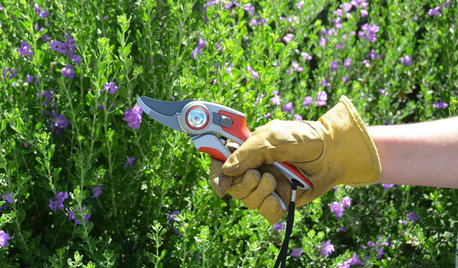
GARDENING 101Key Pruning Terms to Help You Shape Up Your Garden
Learn why heading back, crown raising and other practices are essential for your plants’ health and beauty
Full Story
GARDENING GUIDESGreat Design Plant: Ceanothus Pleases With Nectar and Fragrant Blooms
West Coast natives: The blue flowers of drought-tolerant ceanothus draw the eye and help support local wildlife too
Full Story
GARDENING GUIDESGreat Design Plant: Snowberry Pleases Year-Round
Bright spring foliage, pretty summer flowers, white berries in winter ... Symphoricarpos albus is a sight to behold in every season
Full Story
GARDENING GUIDESGreat Design Plant: Silphium Perfoliatum Pleases Wildlife
Cup plant provides structure, cover, food and water to help attract and sustain wildlife in the eastern North American garden
Full Story
GARDENING GUIDES8 Native Shrubs for Year-Round Bird Feeding
It’s not just about berries. These plants provide insects for birds and seasonal interest for gardeners
Full Story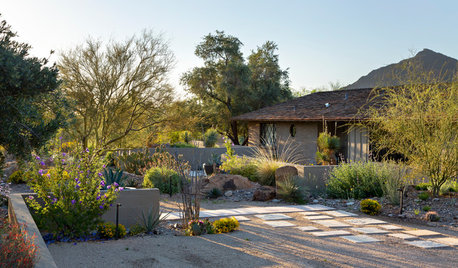
LANDSCAPE DESIGNFire-Wise Landscapes Can Help Keep Your Home and Property Safe
Choose fire-resistant plants and materials and create defensible areas using these design strategies
Full Story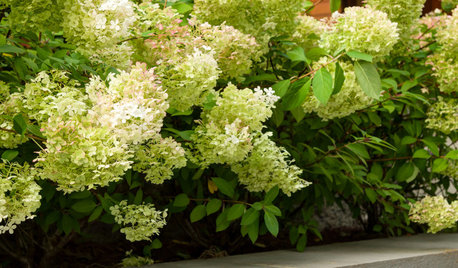
GARDENING 101When Should You Prune Your Trees and Shrubs?
Pruning keeps plants healthy. Find out the best time to cut back flowering trees, needle-bearing shrubs and more
Full Story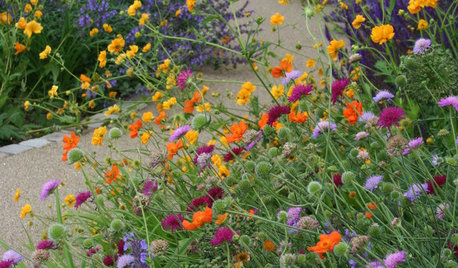
PLANTING IDEAS3 Color Palettes to Help Set Your Garden’s Mood
Select plants in these color combinations to create an outdoor space that’s cheerful, energizing or calming
Full Story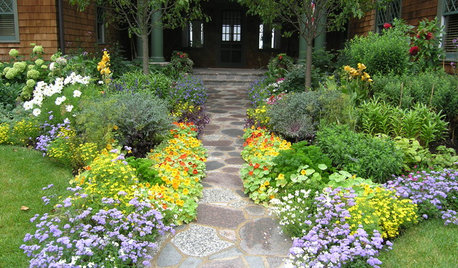
GARDENING GUIDESPathway Plantings That Please the Senses
Add some color, life and intrigue beside your sidewalk with these 7 suggestions
Full Story
SELLING YOUR HOUSE10 Low-Cost Tweaks to Help Your Home Sell
Put these inexpensive but invaluable fixes on your to-do list before you put your home on the market
Full Story



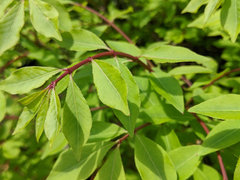
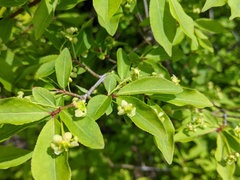

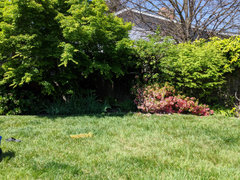



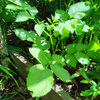
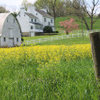
earline_pa zone 6 Pa.